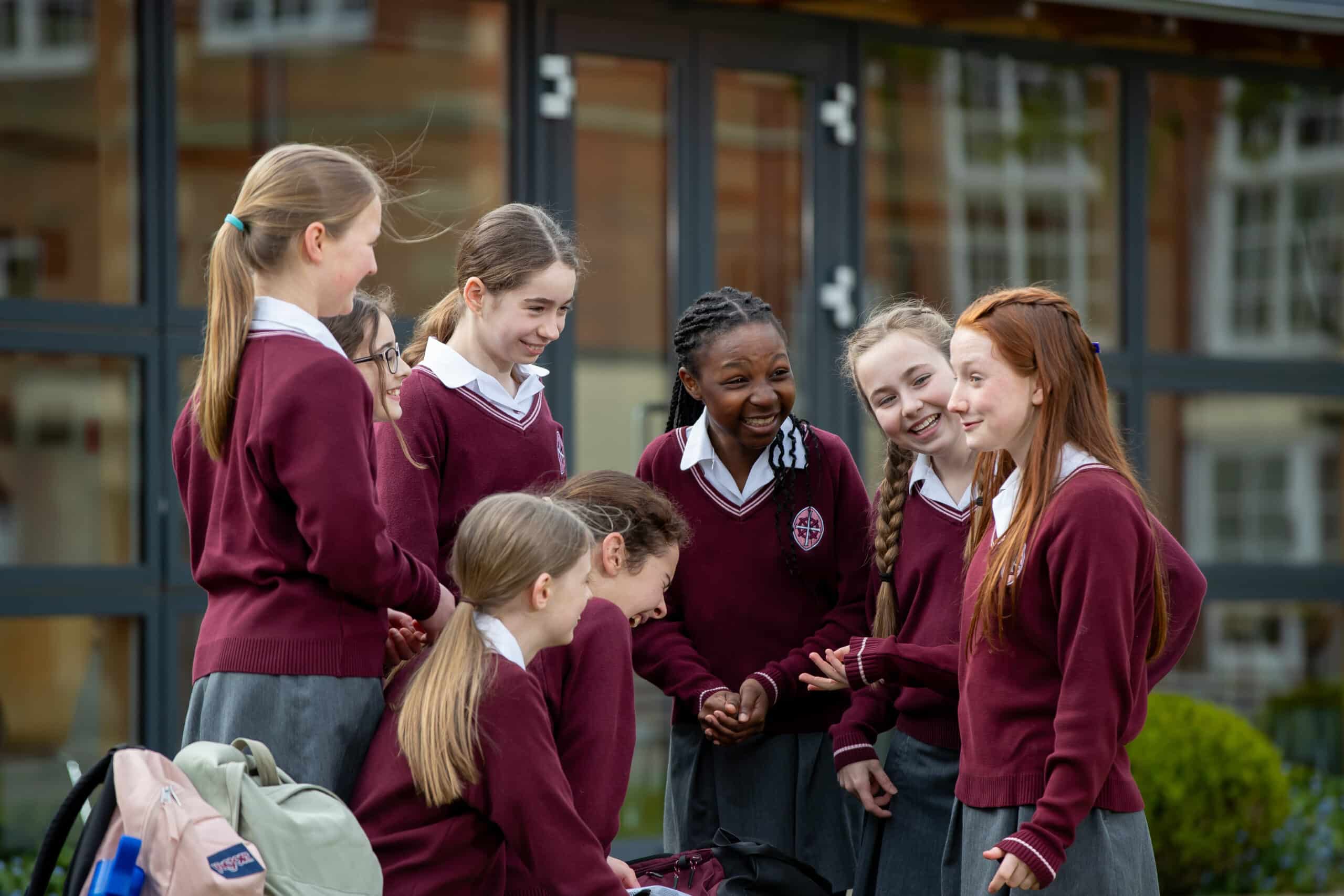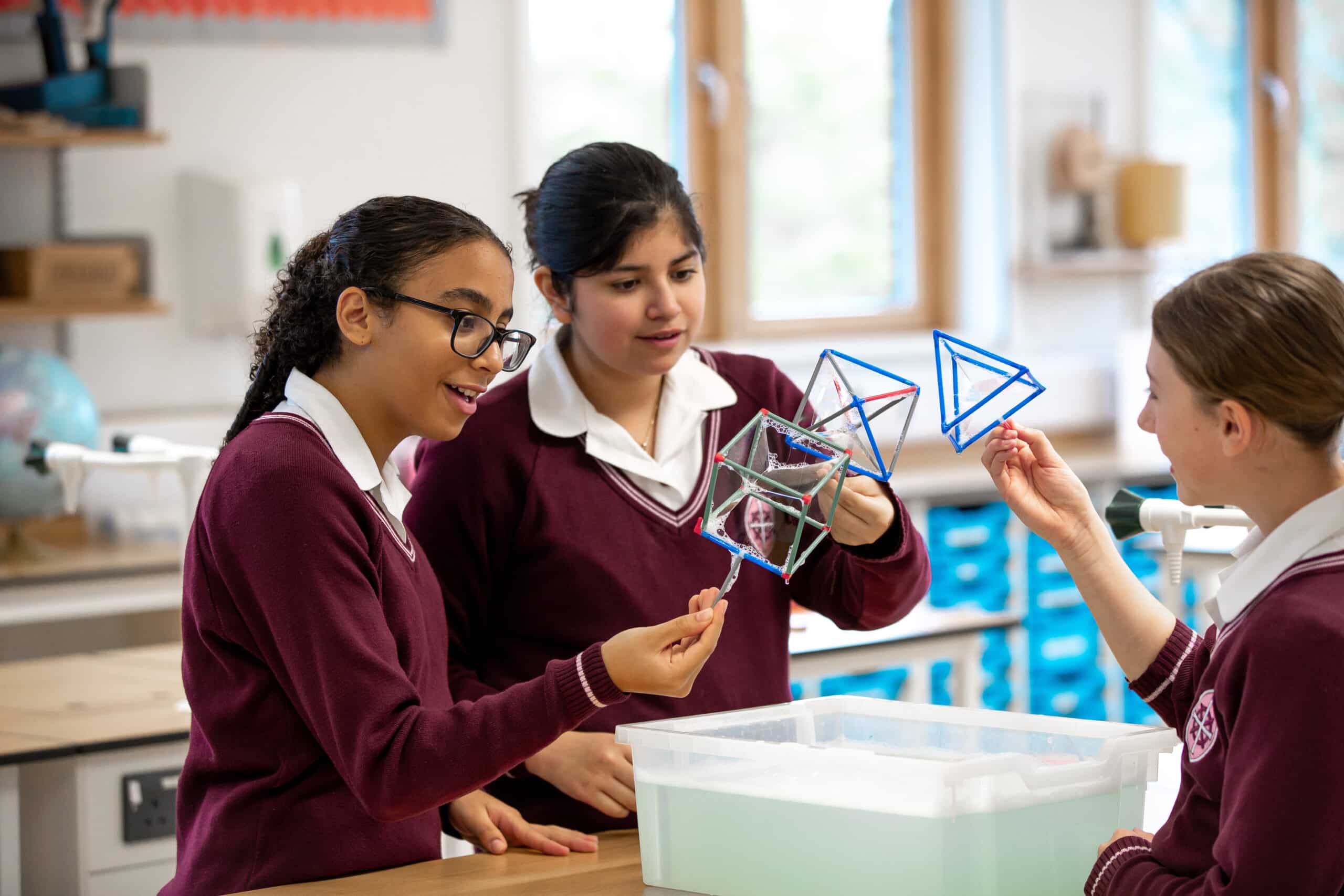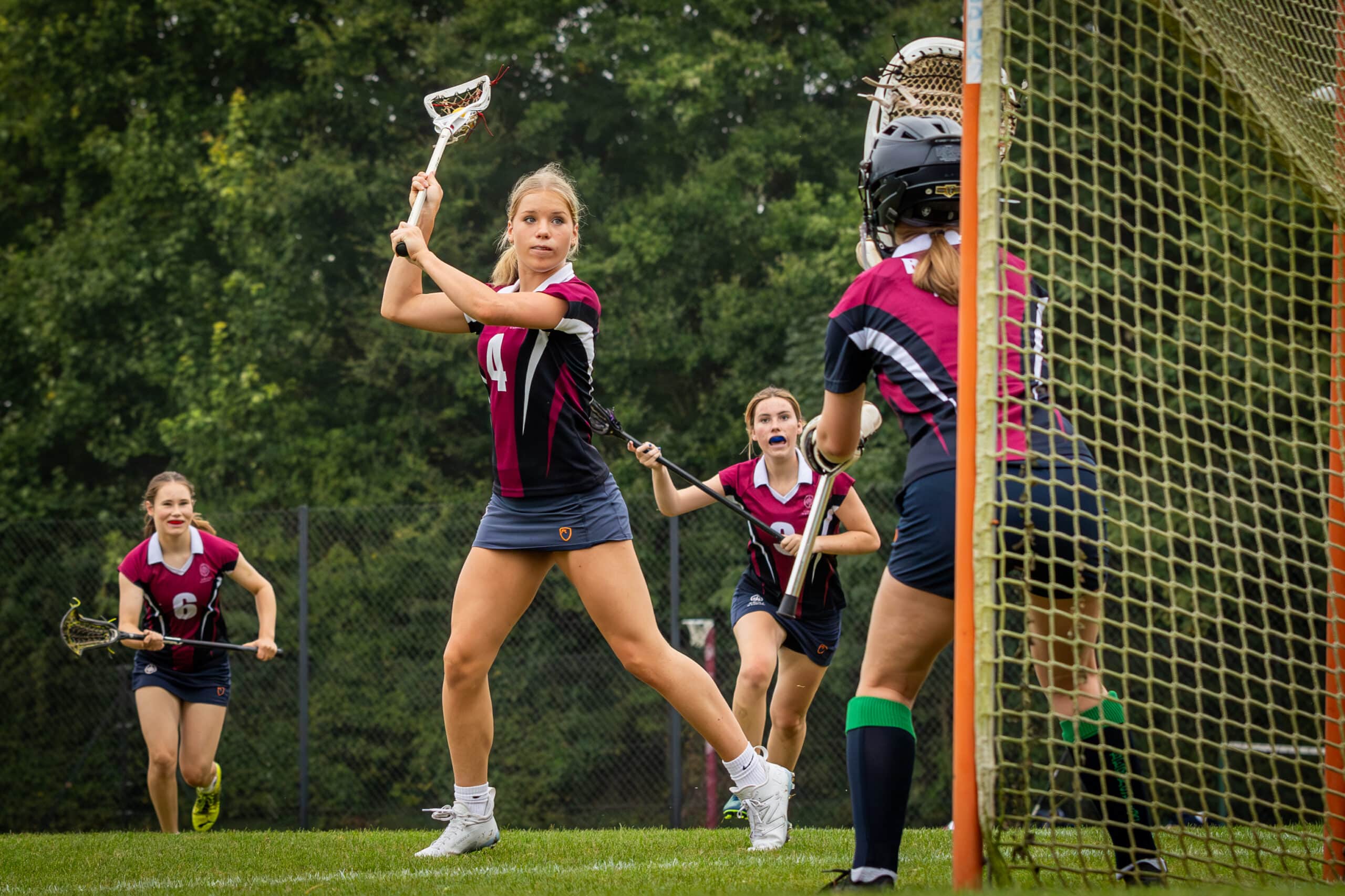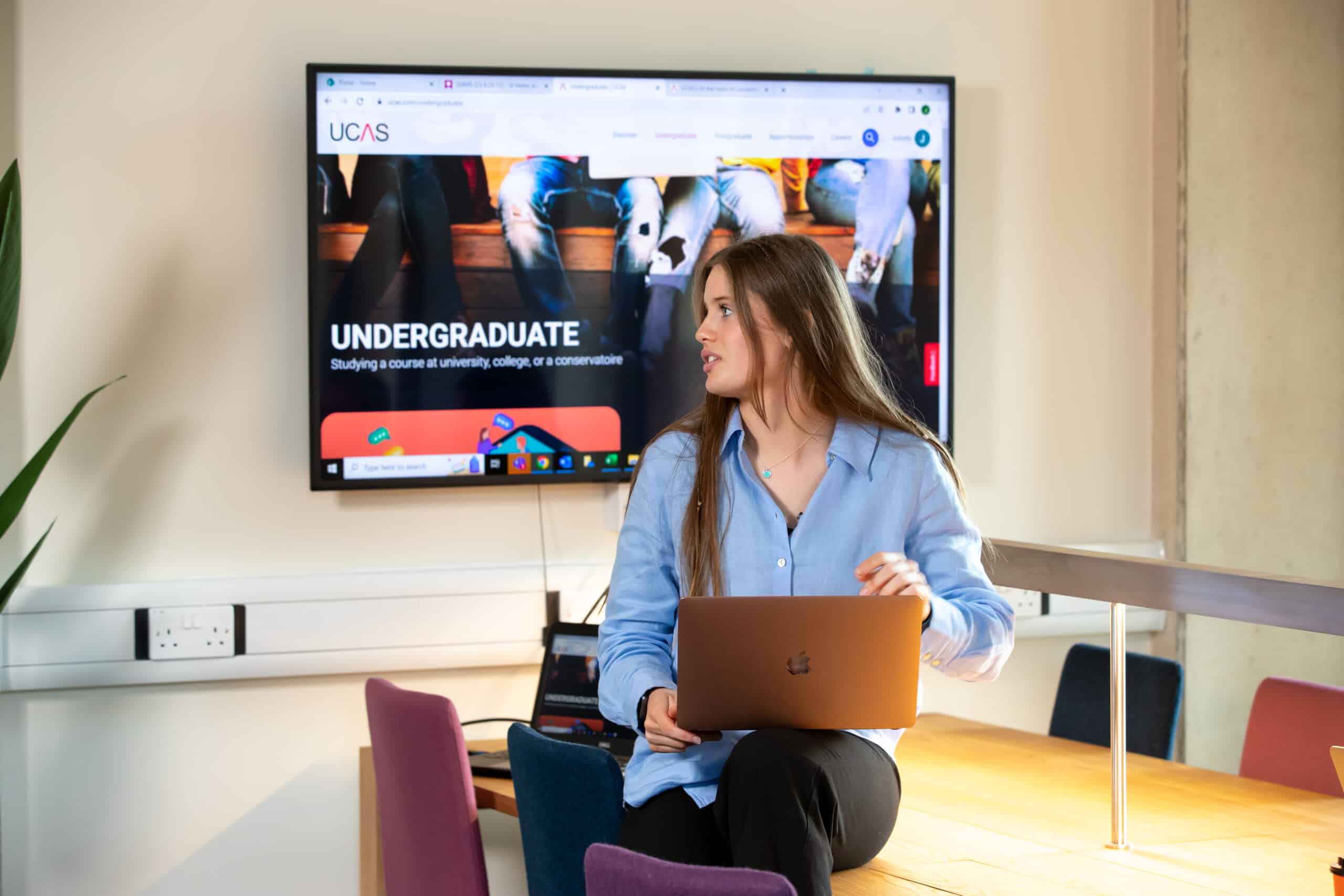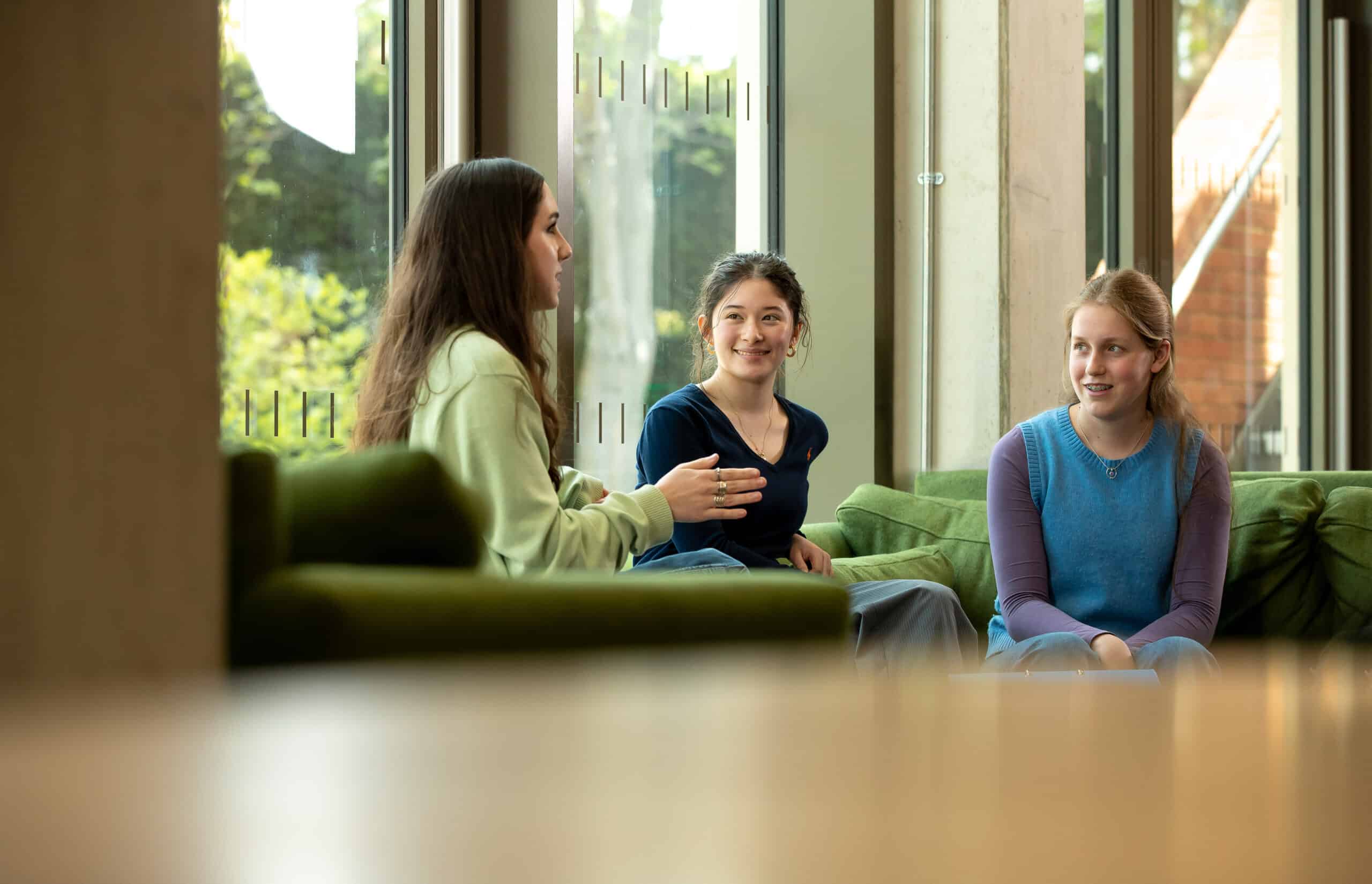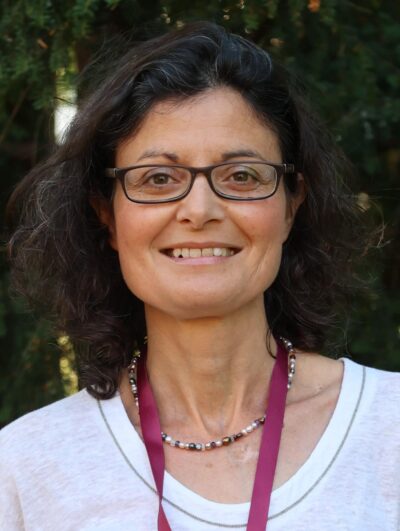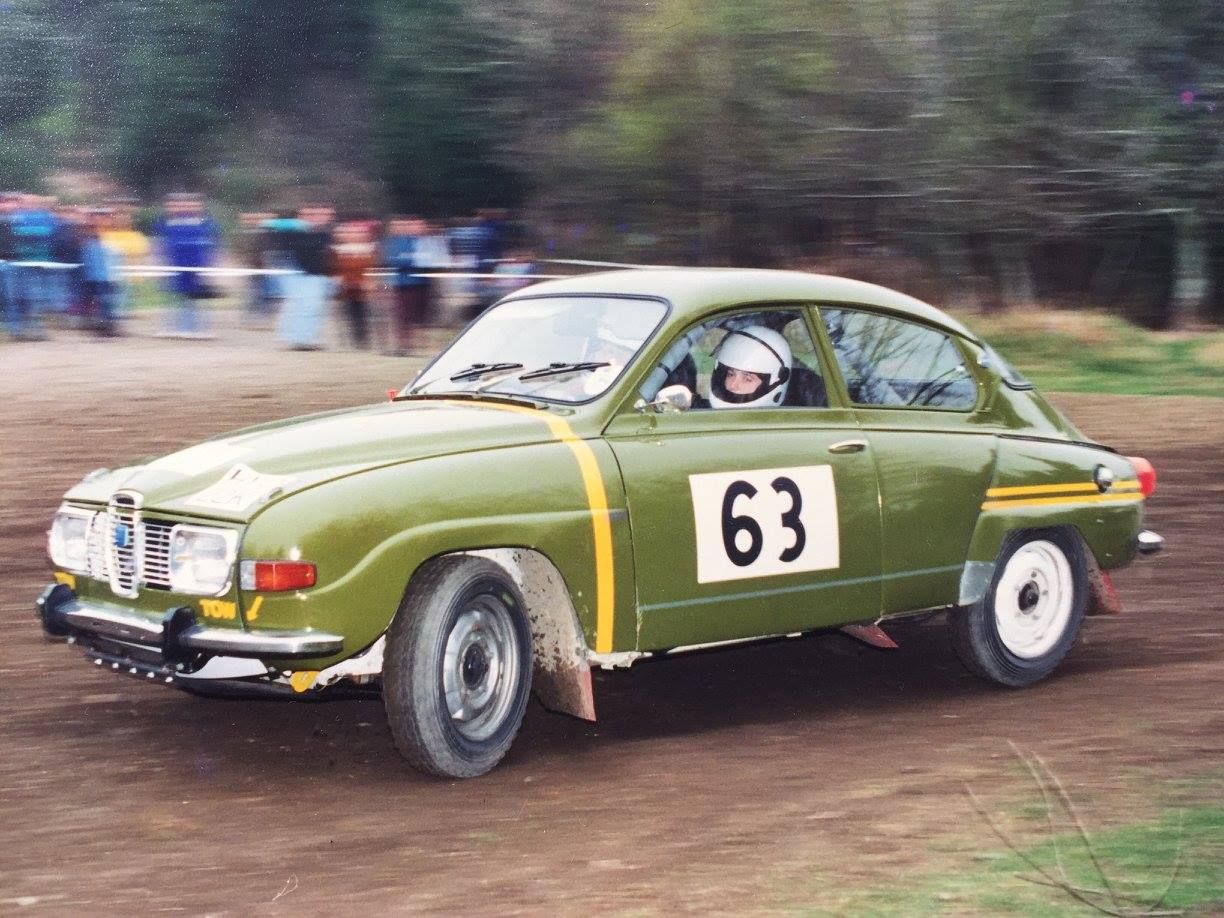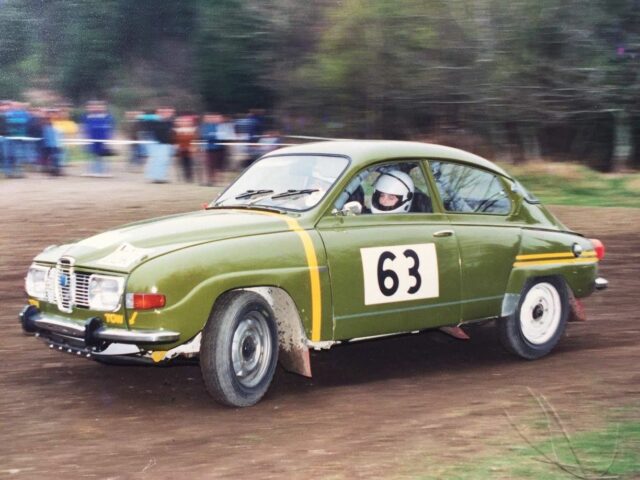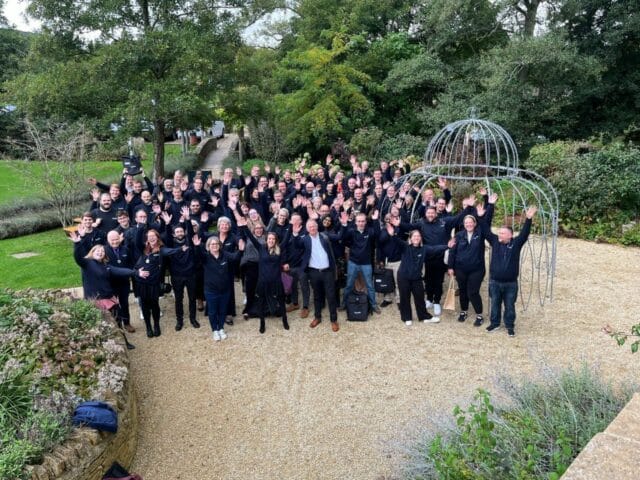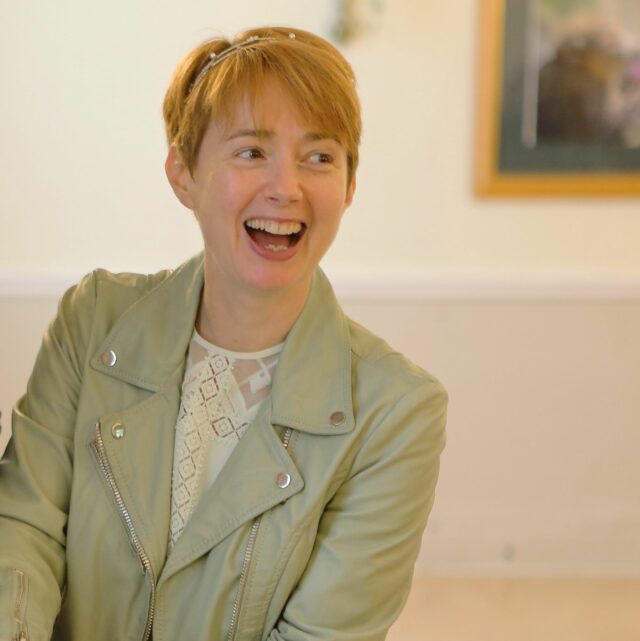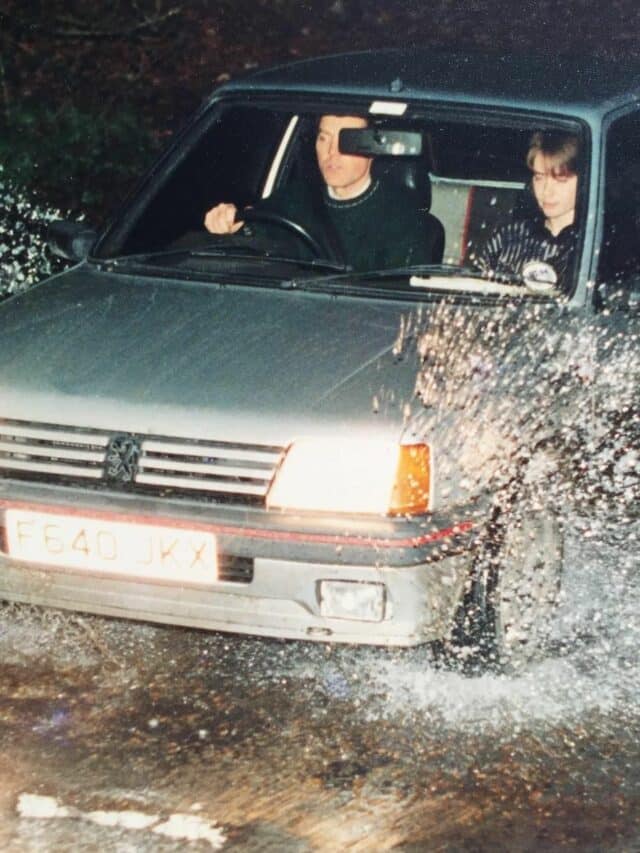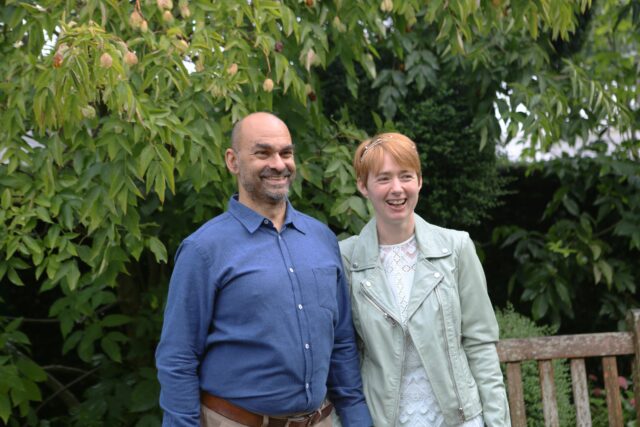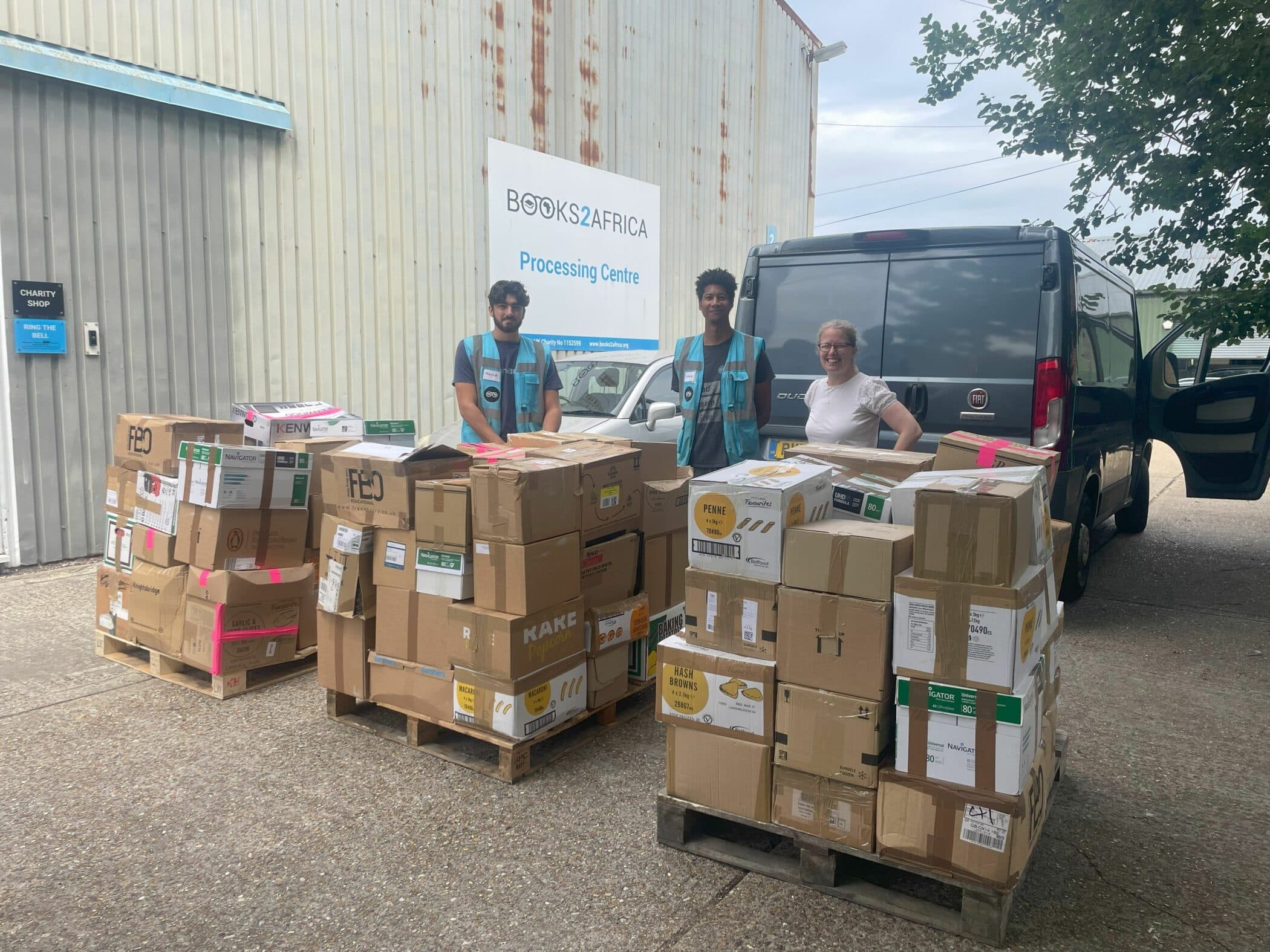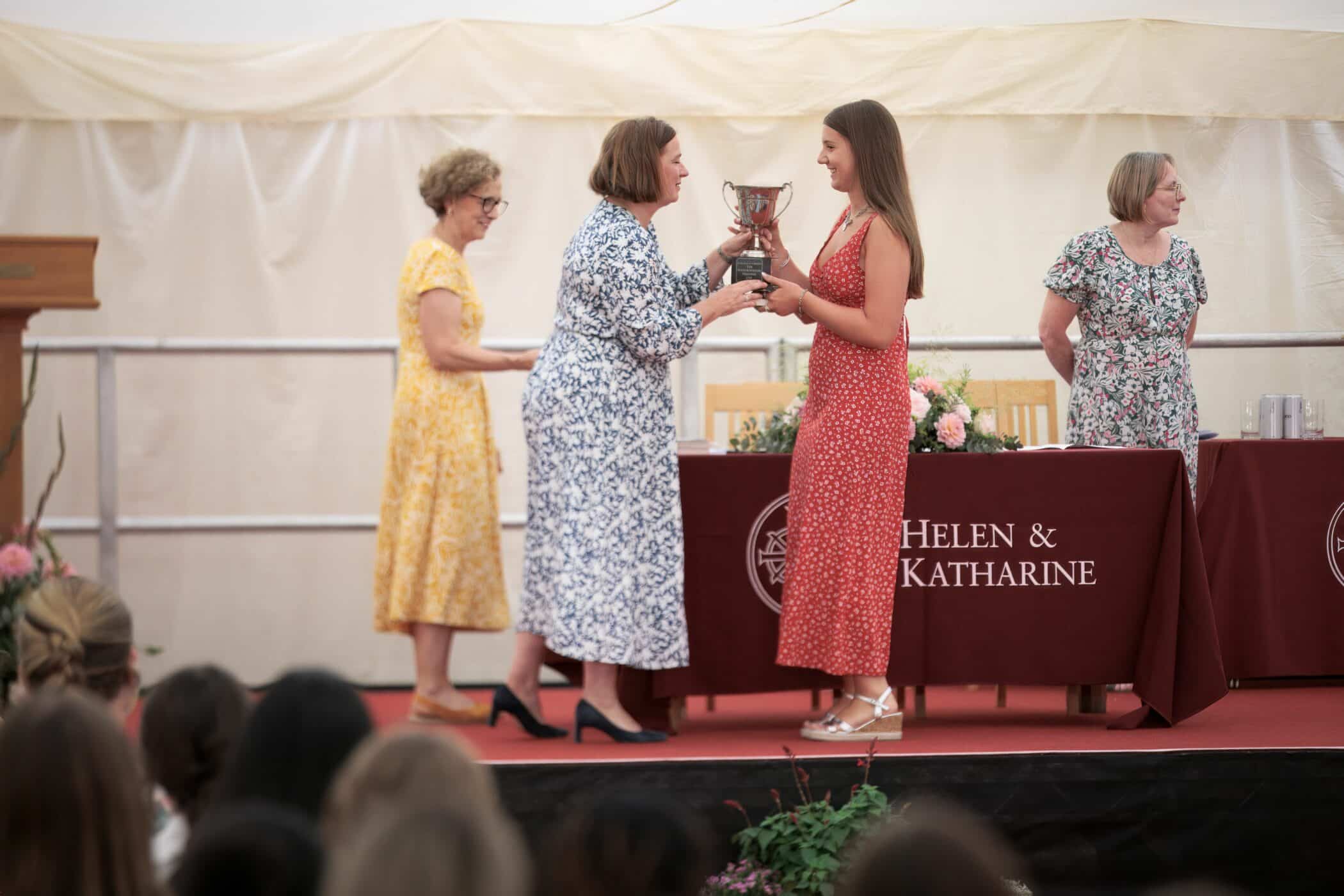During her time at St Helen’s, Melanie Sadler (now D’Mellow) became fascinated by physics, in particular quantum physics. On leaving St Helen’s in 1992 she went on to study Natural Sciences at Cambridge and from there forged a varied and exciting career in engineering, which has seen her climb to the top of her field as Head of Engineering in charge of multi-disciplinary teams. We spoke to Melanie about her career over the past 30 years, what has changed in that time, and what she has learnt whilst working in a predominantly male environment. We asked what advice she has for women aspiring to senior management, and what tips she has for crafting an interesting and fulfilling career.
Can you explain what ignited your passion in physics and what attracted you to engineering as a career?
As a teenager, I read many books about physics and remember being blown away by the mysteries of quantum mechanics. I love puzzles and solving problems, and quantum physics is full of unanswered questions like “how can something be both a wave and a particle?” Amazing experiments, like Young’s double slit and Rutherford’s gold foil, fired my imagination and I had no doubts about what subject to study at university.
At Fresher’s Fair, I chatted with members of the Cambridge University Automobile Club, signed up and soon found myself taking part in road rallies, treasure hunts and ‘navscats’ (a scatter of points on an OS map which you visit to find the answer to clues). In the Christmas holiday, we went to Killarney in Ireland to help out as marshalls on the Rally of the Lakes. My first experience of a stage rally and I was completely hooked.
I bought an old Mk2 Ford Escort from a fellow club member for £100 (the insurance cost 3 times that!) and then learnt how to fix it when it broke down. Veteran members of CUAC took part in stage rallies, such as the Circuit of Ireland and the Ypres rally in Belgium, and I enjoyed working in their service crew. I was treasurer of CUAC and then the first female club president. I organised national road rallies, liaising with the Motorsports Association, the police and local residents. In hindsight, I did not spend enough time working on my degree – my excitement about Physics had waned, while a love of cars and engineering was born. Fortunately, a helpful adviser at the university careers service pointed me to an Automotive Engineering MSc at Cranfield University, which enabled me to follow in the footsteps of many CUAC friends and obtain my first job at Ricardo, one of the world’s leading automotive engineering consultancies.
Can you describe the variety of roles and industries you have worked in during your career?
I’ve worked on direct injection gasoline engines, fuel cells, hybrid vehicles, automotive sensors and electronics, military radar, aircraft ice protection, dismounted soldier systems, optics, fusion energy, uncrewed aircraft (aka drones), medical devices and (currently) retail communication systems.
I’ve been an R&D engineer, technical lead, project manager, operations director, systems engineer and now am Head of Engineering at VoCoVo.
What are some of the most interesting projects which you have been involved in?
One of my favourites was at QinetiQ, where I was Lead Systems Engineer on a project to install and demonstrate a new radar on a Tornado GR4A fast jet. This was my introduction to systems integration and safety assurance, which are key threads running through my career.
Is there a particular project or role which you are particularly proud of and why?
I worked on part of the F135 engine in the F35 Lightning – I’m very proud to have contributed to such an iconic aircraft. When I see it at air shows, I remember the challenges that we overcame as an engineering team, and how much I learnt.
What do you see as the benefits of working across different sectors, rather than specialising in one area?
Doing a wide variety of work has been brilliant for me, providing a continuous flow of interesting problems to solve and new things to learn. I also find that skills, processes and technical solutions are transferable across sectors, so for example safety engineering for aircraft is applicable to medical devices.
When forging your career path, how do you decide which roles to pursue and which to avoid?
I haven’t really followed a plan for my career because you never know what opportunities will present themselves, but I have some strong principles that I follow:
- If there are no interesting projects to work on, avoid
- If a company’s values do not align with mine, avoid (e.g. if the safety culture is poor)
- If the finances or the business model don’t stack up, avoid (you can check on Companies House)
- Treat the recruitment process as a two-way street: do I want to work with these people? Is the product interesting? How do they approach difficult problems?
What are some of the challenges that you have faced in a male-dominated environment? How have you handled them?
I am sometimes subjected to ‘mansplaining’, but that is not unique to Engineering. I tailor my response to the situation – sometimes it can be pointed out immediately without damaging the relationship with that person, other times it is better to demonstrate my technical competence over time.
My favourite book on this topic is The Authority Gap: Why women are still taken less seriously than men, and what we can do about it, and in it, Mary Ann Sieghart notes that, “Almost all working women have had experience of one or more manifestations of the authority gap: whether it’s being patronized, underestimated, interrupted, challenged unnecessarily, talked over or ignored.” She goes on to explain that “…bias comes from our social world, from our culture, because the content of what the brain knows is what it sees in the world… So I see that men do certain kinds of work and women do other kinds of work”.
Once inside the Engineering world, women are treated very well, but there is a persistent cultural problem that prevents many girls from considering Engineering as a career. I hope I can play a small part in changing that.
To what extent have attitudes changed since you started working?
Based on EngineeringUK data, the percentage of women in engineering roles increased from 10.5% in 2010 to 16.5% in 2021, but by 2024 the proportion of women working in engineering and technology had actually decreased over the previous year to 15.7%. There are more women entering the engineering profession, but there seems to be a retention problem, with women leaving the engineering profession halfway through their careers.
It’s not clear why, but perhaps the lack of part-time engineering roles could be a contributing factor. If we can retain the remote and flexible working improvements that were driven by COVID, I hope that retention will improve.
Women are still far from equally represented at board level today. What advice do you have for women aspiring to the top?
It’s possible!
I wouldn’t recommend setting out to ‘get to the top’ for its own sake. I am a strong advocate for Servant Leadership (a style of leadership which focuses primarily on the growth and well-being of people) as it creates high performing teams, whilst also providing people with the best working environment for their well-being.
Are there some qualities which you admire in senior women whom you work with?
I am privileged to work with a leadership team at VoCoVo that is predominantly women, including the CEO, CFO, CTO, Head of People, Head of Sales, Head of Operations, Head of Marketing. They are knowledgeable, tenacious, hard-working, caring and team oriented.
What are your career aspirations? What’s next for you?
After a couple of unsuccessful start-up companies, I am hoping that VoCoVo’s success will continue. This will enable me to build our engineering and technology capabilities and develop exciting new products. We’re expanding into the USA and Europe, so it would be great to have engineering teams across those regions as well.
View this feature article and more in the latest SHSK Society magazine.


